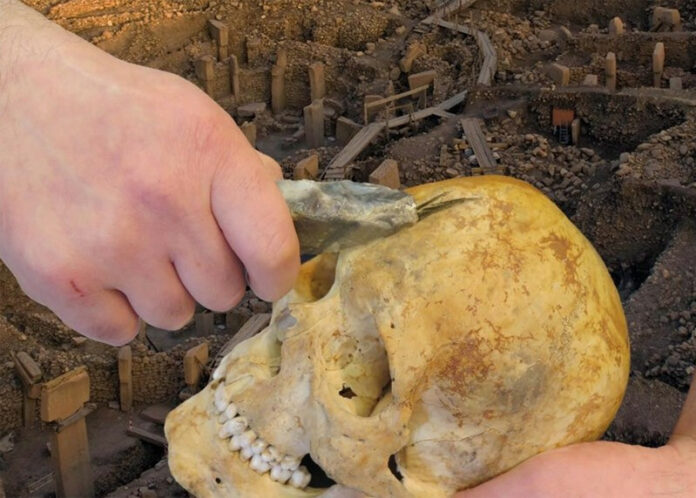Recent research published in Science Advances has shed light on a previously unknown Neolithic skull cult at the 11,000-year-old historical site of Göbekli Tepe in southeastern Turkey. The artificially modified human crania discovered at the site provide insight into the ancient people’s treatment of the dead and their beliefs surrounding the power of the deceased.

Evidence of Post-Mortem Modifications
The excavated skulls show signs of carving after the heads were scalped and defleshed. One skull even features a drilled perforation, further emphasizing the intentional modifications performed on the remains. Researchers suggest that these alterations were likely carried out shortly after death, as indicated by the sharp edges of the cut marks on the still-elastic bone.

Veneration or Conquest?
While the exact purpose of the modified skulls remains unclear, researchers propose two possible explanations. The ancient people visiting Göbekli Tepe may have been venerating their ancestors by displaying the skulls, or alternatively, the skulls could belong to their enemies. In either case, it is believed that the power of the dead was thought to be transferable to the living.

The Significance of Göbekli Tepe
Göbekli Tepe, considered the oldest temple complex in the world, continues to reveal fascinating insights into ancient human practices. The site, a joint excavation project by Turkey’s Ministry of Culture and Tourism and the Germany Archeology Institute, was declared a first-degree protection area in 2015 and is on UNESCO’s tentative list of World Heritage Sites. Its architectural masterpiece status has been recognized by Business Insider, solidifying its importance in understanding our ancient past.

